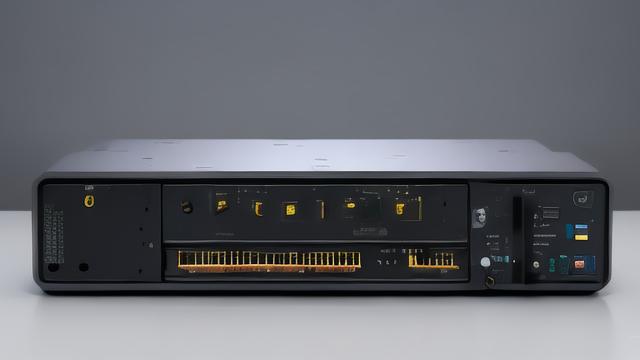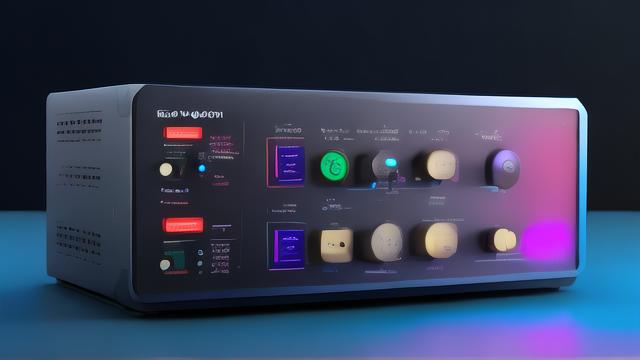在UWP(通用Windows平台)上搭建HTTP服务器,可以通过多种方式实现,下面将详细介绍如何在UWP上搭建一个简单的HTTP服务器,并提供一些高级技巧和相关FAQs。

一、使用HttpListener搭建HTTP服务器
1. 准备工作
在开始之前,需要确保你的开发环境中已经安装了Visual Studio,并创建了一个UWP项目。
2. 代码示例
以下是一个简单的UWP HTTP服务器示例,使用HttpListener类来监听HTTP请求:
using System;
using System.IO;
using System.Net;
using System.Text;
using System.Threading.Tasks;
using Windows.ApplicationModel.Core;
using Windows.Storage;
namespace UwpHttpServer
{
class Program
{
private static HttpListener _listener;
static async Task Main(string[] args)
{
CoreApplication.Run(new MyApp());
}
}
public class MyApp : Application
{
protected override void OnLaunched(LaunchActivatedEventArgs e)
{
base.OnLaunched(e);
InitHttpServer();
}
private void InitHttpServer()
{
_listener = new HttpListener();
_listener.Prefixes.Add("http://localhost:8080/");
_listener.Start();
Debug.WriteLine("HTTP Server started at http://localhost:8080/");
_listener.BeginGetContext(new AsyncCallback(RequestHandler), _listener);
}
private void RequestHandler(IAsyncResult ar)
{
var context = _listener.EndGetContext(ar);
var request = context.Request;
var response = context.Response;
string responseString;
if (request.HttpMethod == "GET")
{
responseString = "Hello, World!";
}
else
{
responseString = "Unsupported method";
}
byte[] buffer = Encoding.UTF8.GetBytes(responseString);
response.ContentLength64 = buffer.Length;
using (var output = response.OutputStream)
{
output.Write(buffer, 0, buffer.Length);
output.Flush();
}
}
}
}3. 运行和测试
编译并运行上述代码后,UWP应用将启动一个HTTP服务器,监听http://localhost:8080/,你可以通过浏览器或其他HTTP客户端访问该地址,查看返回的“Hello, World!”消息。
二、高级技巧

1. 处理静态文件
如果你希望服务器能够提供静态文件服务,可以在RequestHandler方法中添加相应的逻辑:
private void RequestHandler(IAsyncResult ar)
{
var context = _listener.EndGetContext(ar);
var request = context.Request;
var response = context.Response;
string filePath = Path.Combine(Package.Current.InstalledLocation.Path, "Data", request.Url.LocalPath.Substring(1));
if (File.Exists(filePath))
{
byte[] buffer = File.ReadAllBytes(filePath);
response.ContentLength64 = buffer.Length;
using (var output = response.OutputStream)
{
output.Write(buffer, 0, buffer.Length);
output.Flush();
}
}
else
{
response.StatusCode = 404;
response.ContentType = "text/plain";
using (var output = response.OutputStream)
{
byte[] notFoundBuffer = Encoding.UTF8.GetBytes("404 Not Found");
output.Write(notFoundBuffer, 0, notFoundBuffer.Length);
output.Flush();
}
}
}2. 支持CORS
为了支持跨域请求,可以在响应头中添加相应的CORS设置:
response.Headers.Add("Access-Control-Allow-Origin", "*");
response.Headers.Add("Access-Control-Allow-Methods", "GET, POST, PUT, DELETE");
response.Headers.Add("Access-Control-Allow-Headers", "Content-Type");三、常见问题解答(FAQs)
Q1: UWP应用中的HTTP服务器能否被外部设备访问?
A1: 默认情况下,UWP应用的HTTP服务器只能被本地设备访问,如果需要外部设备访问,可以考虑使用端口转发工具或在局域网内配置路由器,也可以使用第三方库如StreamSocketListener来实现更灵活的网络通信。
Q2: 如何调试UWP HTTP服务器的问题?

A2: 调试UWP HTTP服务器时,可以使用Visual Studio的调试工具来跟踪代码执行,可以使用Fiddler等网络抓包工具来捕获和分析HTTP请求和响应,帮助定位问题,还可以通过日志记录功能记录关键信息,以便后续分析。
通过以上步骤和技巧,你可以在UWP平台上成功搭建一个功能完善的HTTP服务器,满足各种开发和测试需求。
小伙伴们,上文介绍了“uwp 搭建http服务器”的内容,你了解清楚吗?希望对你有所帮助,任何问题可以给我留言,让我们下期再见吧。